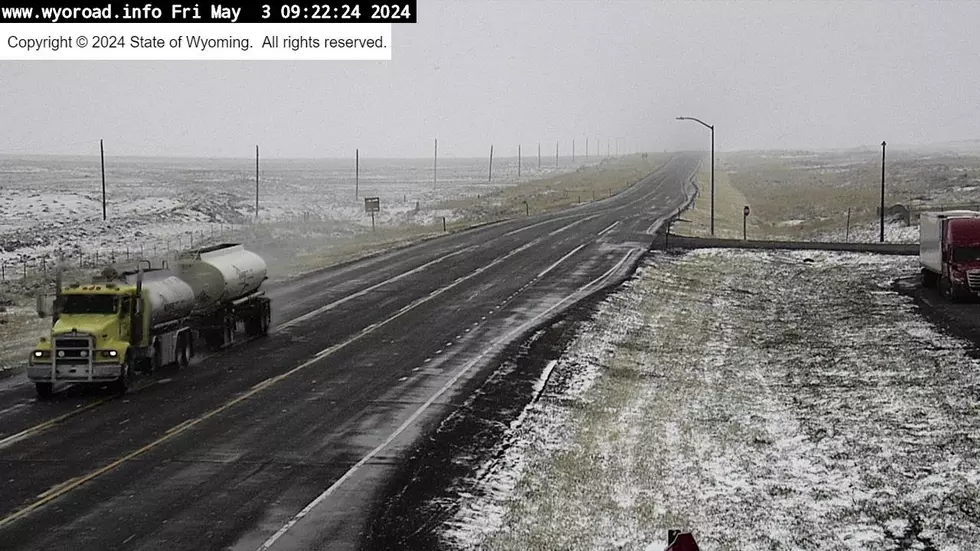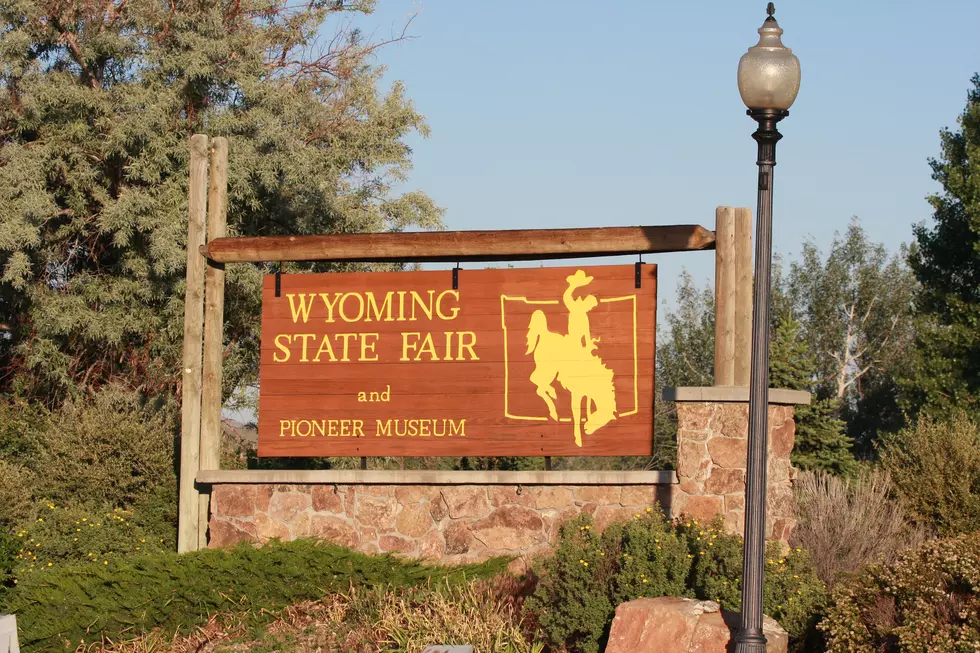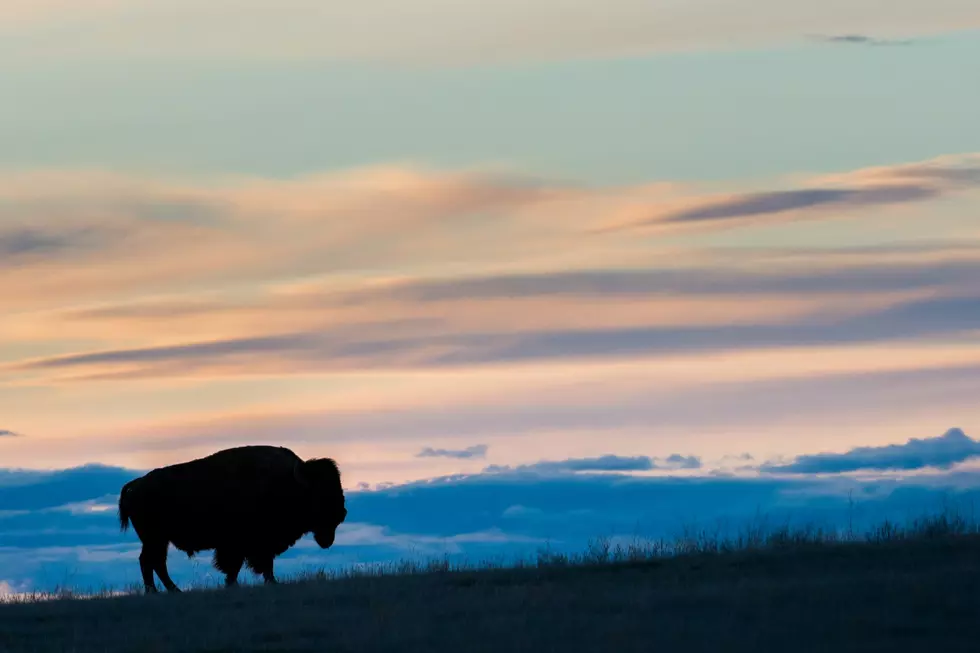
Game & Fish Release 2023 Wyoming Hunting Forecast
It was a snowy, cold winter, and many are wondering how much Mother Nature affected the wildlife populations across the state when it comes to hunting season.
Wyoming Game & Fish biologists and game wardens have been tracking data and making observations to put together a forecast across eight regions around the state.
CASPER REGION:
Pronghorn
Pronghorn population performance has been variable in the Casper Region in recent years, with herds around Casper remaining at or near population management objectives while herds in northeast Wyoming (from Douglas to Lusk to Sundance) remain far below objective. Over the past five years, pronghorn numbers have generally declined in much of the region due to multiple harsh winters coupled with poor fawn survival and periodic disease outbreaks (Epizootic Hemorrhagic Disease and Blue Tongue). In some cases, herds were well above objective and have declined to appropriate levels, while in places like northeast Wyoming, hunting seasons have become extremely conservative to allow herds to grow to desired levels. Then came the winter of 2022-23. As the historically harsh winter progressed, wildlife managers decided to remove Type 6 or 7 (doe/fawn) licenses from almost all of the hunt areas in the region out of an abundance of caution, with one notable exception in Hunt Area 32 south of Casper, where pronghorn have faired well. Thankfully, substantial pronghorn losses were not realized in much of the Casper Region despite severe winter conditions being prevalent in much of the state, partially due to the fact that pronghorn populations were already well below what the landscape could support. Regardless, most pronghorn populations are now under objective with conservative hunting seasons for the foreseeable future. Despite numbers remaining below-desired levels in much of the region, hunters should experience average to high harvest success as buck ratios remain strong and license issuance has been drastically reduced for the fourth consecutive year.
Mule deer
Mule deer populations have decreased or remained stable throughout the region over the past several years, with all populations being well below established objectives. Mule deer adult and fawn survival continues to be poor, which can be attributed to past summer droughts and habitat conditions, disease in some herds and predation. Despite lower-than-desired numbers, buck ratios remain high in most mule deer herds and hunter success should be good for those hunting on private lands and in limited quota areas. Hunters on public land within general license areas should experience low to moderate success, as seasons will remain conservative. In the Black Hills, unprecedented conservative 17-day general seasons will be held in conjunction with the elimination of most doe/fawn licenses in Hunt Areas 1-6, meaning hunters will have only two full weekends to hunt this year. Hunters lucky enough to draw a license in conservatively managed limited quota areas should see high buck ratios with modest trophy potential. In the high-altitude desert (Hunt Areas 10, 34 and 89) many prime-age, mature bucks don’t grow large antlers compared to mule deer in other parts of the state. However, these herds are managed for good numbers of older-aged bucks and produce some nice deer every year. Thankfully, 2023 experienced an extraordinarily wet spring and early summer, which should boost forage production and overall habitat quality. In turn, this should lead to good over-summer fawn survival while bolstering the nutritional condition of adult females as they enter the coming winter. This will hopefully result in improved winter survival and fawn production next year, something our mule deer populations could use. Mandatory CWD sample submission is required for hunters who hunt in Hunt Areas 88 and 90. Hunters can get their deer tested for CWD by collecting a sample themselves and sending it to the Wildlife Health Lab or by bringing the head to a game check station or Game and Fish regional office during office hours.
White-tailed deer
White-tailed deer populations experienced substantial die-offs in 2021 in much of the Casper Region due to a severe outbreak of Epizootic Hemorrhagic Disease. This outbreak was more widespread and prolonged than usual due to unseasonably warm fall conditions that persisted well into November. White-tail hunters will see far fewer deer in 2023 compared to recent years, especially in the Black Hills where unprecedented conservative 17-day general seasons will be held in conjunction with the elimination of most doe/fawn licenses in Hunt Areas 1-6, meaning hunters will have only two full weekends to hunt this year. Despite being only one year removed from the large-scale EHD die-off, white-tail numbers are starting to rebound in the Casper and Douglas areas. In 2023, doe/fawn license issuance was liberalized in these areas to prevent rapid population growth, which can occur in central Wyoming when weather conditions are favorable and EHD remains at bay. Hunters are reminded the vast majority of white-tailed deer occupy private lands. The notable exception is in the Black Hills, where high numbers occupy the Black Hills National Forest, although numbers are relatively low this year due to the EHD outbreak of 2021.
Elk
Elk numbers remain at or above objective in all herds in the region. Seasons continue to be liberal in terms of length and license issuance. Modest increases in elk license numbers and liberalized limitations occurred in parts of the region, most notably in Hunt Area 117 where seasons were further liberalized to address a growing elk population and alleviate private land damage. The region continues to provide excellent bull-hunting opportunities, with many areas continuing to boast high harvest success on any-elk licenses and good antler quality. Antlerless elk hunter success continues to be good, although high hunter densities on public lands often result in reduced hunter success in early fall. In areas with interspersed public and private lands, antlerless elk hunters tend to require more days afield to harvest their elk as large cow/calf groups readily displace off public land. Overall, the 2023 season will continue emphasizing female elk harvest while providing good mature bull hunting in most areas. Those hunters willing to expend the effort should continue to enjoy remarkable numbers of elk and success if the weather cooperates.
To see other regions click here.
RELATED: Cold Temps, Deep Snow Taking a Toll on Wyoming Wildlife
Staff Members at the Wyoming Game and Fish Share Spring Photos
Wyoming Game and Fish Wildlife Calendar Photo Contest Entries
More From K2 Radio






